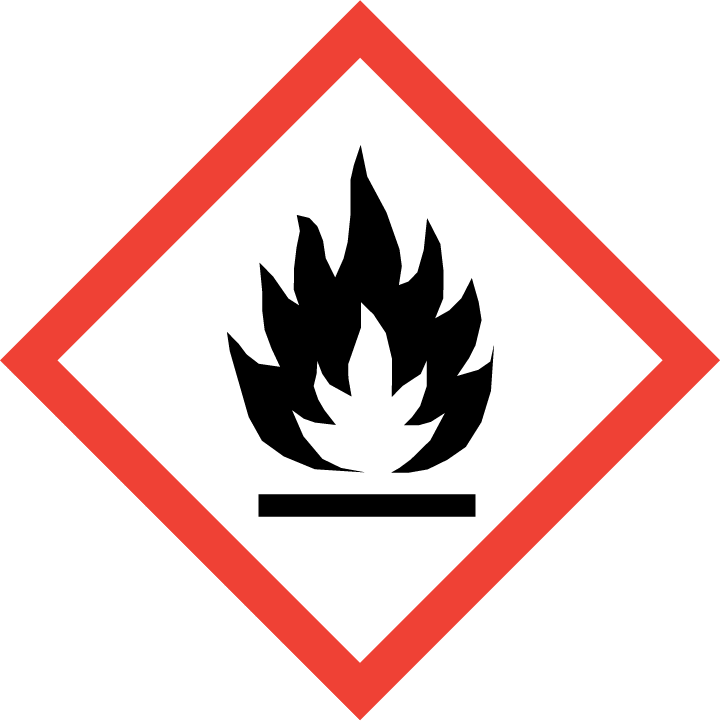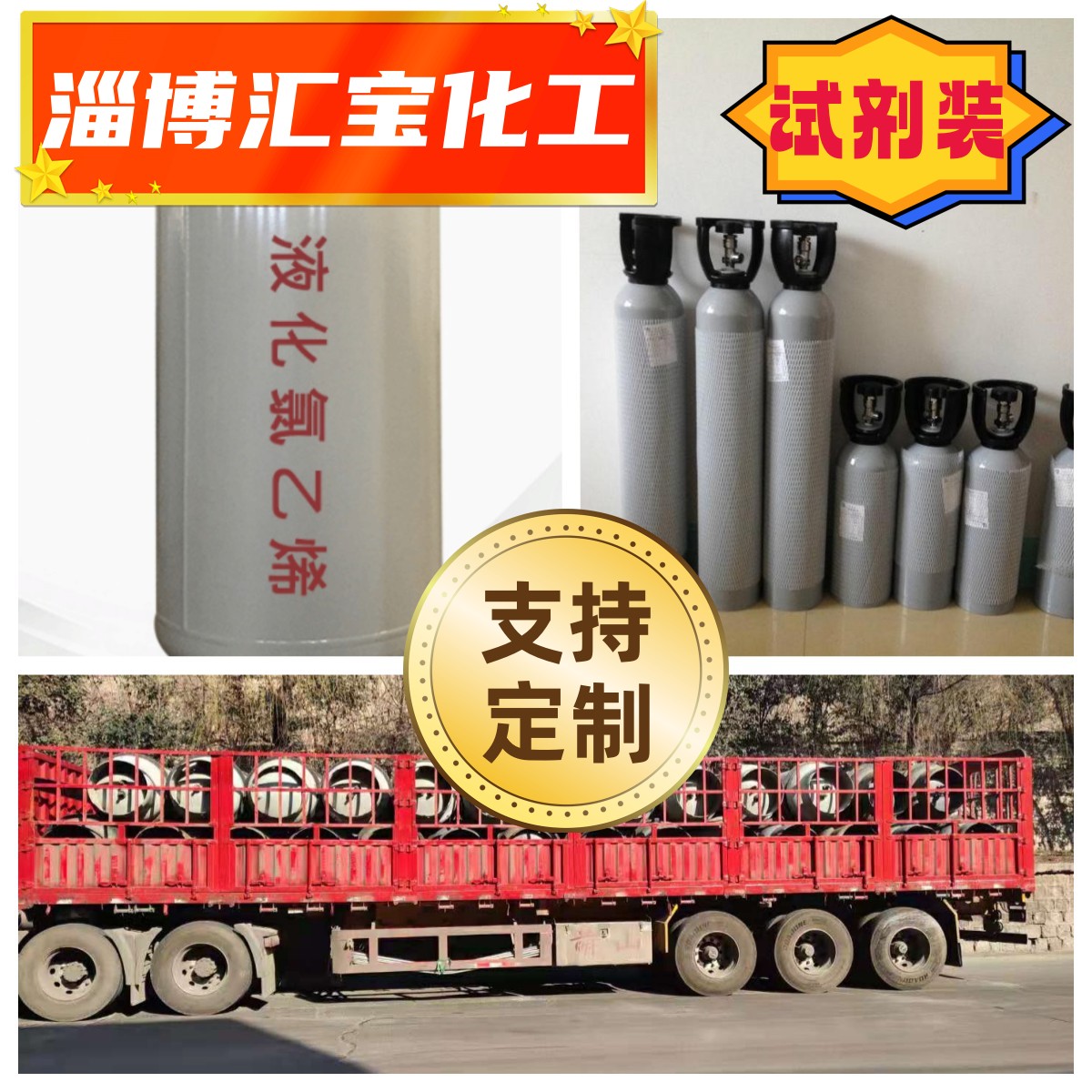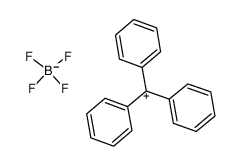| Product name | chloroethene |
|---|
| Product number | - |
|---|---|
| Other names | Ethene, chloro- |
| Identified uses | For industry use only. Volatile organic compounds |
|---|---|
| Uses advised against | no data available |
| Company | MOLBASE (Shanghai) Biotechnology Co., Ltd. |
|---|---|
| Address | Floor 4 & 5, Building 12, No. 1001 North Qinzhou Road, Xuhui District, Shanghai, China |
| Telephone | +86(21)64956998 |
| Fax | +86(21)54365166 |
| Emergency phone number | +86-400-6021-666 |
|---|---|
| Service hours | Monday to Friday, 9am-5pm (Standard time zone: UTC/GMT +8 hours). |
Gases under pressure: Compressed gas
Flammable gases, Category 1
Carcinogenicity, Category 1A
2.2 GHS label elements, including precautionary statements| Pictogram(s) |   |
|---|---|
| Signal word | Danger |
| Hazard statement(s) | H220 Extremely flammable gas H350 May cause cancer |
| Precautionary statement(s) | |
| Prevention | P210 Keep away from heat, hot surfaces, sparks, open flames and other ignition sources. No smoking. P201 Obtain special instructions before use. P202 Do not handle until all safety precautions have been read and understood. P280 Wear protective gloves/protective clothing/eye protection/face protection. |
| Response | P377 Leaking gas fire: Do not extinguish, unless leak can be stopped safely. P381 In case of leakage, eliminate all ignition sources. P308+P313 IF exposed or concerned: Get medical advice/ attention. |
| Storage | P410+P403 Protect from sunlight. Store in a well-ventilated place. P403 Store in a well-ventilated place. P405 Store locked up. |
| Disposal | P501 Dispose of contents/container to ... |
none
3.Composition/information on ingredients 3.1 Substances| Chemical name | Common names and synonyms | CAS number | EC number | Concentration |
|---|---|---|---|---|
| chloroethene | chloroethene | 75-01-4 | none | 100% |
Consult a physician. Show this safety data sheet to the doctor in attendance.
If inhaledFresh air, rest. Refer for medical attention.
In case of skin contactON FROSTBITE: rinse with plenty of water, do NOT remove clothes.
In case of eye contactFirst rinse with plenty of water for several minutes (remove contact lenses if easily possible), then refer for medical attention.
If swallowedNever give anything by mouth to an unconscious person. Rinse mouth with water. Consult a physician.
4.2 Most important symptoms/effects, acute and delayedINHALATION: high concentrations cause dizziness, anesthesia, lung irritation. SKIN: may cause frostbite; phenol inhibitor may be absorbed through skin if large amounts of liquid evaporate. (USCG, 1999)
4.3 Indication of immediate medical attention and special treatment needed, if necessaryImmediate first aid: Ensure that adequate decontamination has been carried out. If patient is not breathing, start artificial respiration, preferably with a demand-valve resuscitator, bag-valve-mask device, or pocket mask, as trained. Perform CPR as necessary. Immediately flush contaminated eyes with gently flowing water. Do not induce vomiting. If vomiting occurs, lean patient forward or place on left side (head-down position, if possible) to maintain an open airway and prevent aspiration. Keep patient quiet and maintain normal body temperature. Obtain medical attention. /Carbon tetrachloride and related compounds/
5.Fire-fighting measures 5.1 Extinguishing media Suitable extinguishing mediaIf material on fire or involved in fire: Do not extinguish fire unless flow can be stopped. Use water in flooding quantities as fog. Cool all affected containers with flooding quantities of water. Apply water from as far a distance as possible.
5.2 Specific hazards arising from the chemicalSpecial Hazards of Combustion Products: Forms highly toxic combustion products such as hydrogen chloride, phosgenic, and carbon monoxide. Behavior in Fire: Container may explode in fire. Gas is heavier than air and may travel considerable distance to a source of ignition and flash back. (USCG, 1999)
5.3 Special protective actions for fire-fightersWear self-contained breathing apparatus for firefighting if necessary.
6.Accidental release measures 6.1 Personal precautions, protective equipment and emergency proceduresUse personal protective equipment. Avoid dust formation. Avoid breathing vapours, mist or gas. Ensure adequate ventilation. Evacuate personnel to safe areas. Avoid breathing dust. For personal protection see section 8.
6.2 Environmental precautionsEvacuate danger area! Consult an expert! Personal protection: complete protective clothing including self-contained breathing apparatus. Ventilation. Remove all ignition sources.
6.3 Methods and materials for containment and cleaning upLand Spill: Construct barriers to contain spill. Absorb small amounts of spill with natural or synthetic sorbents, shovel into containers with covers.
7.Handling and storage 7.1 Precautions for safe handlingAvoid contact with skin and eyes. Avoid formation of dust and aerosols. Avoid exposure - obtain special instructions before use.Provide appropriate exhaust ventilation at places where dust is formed. For precautions see section 2.2.
7.2 Conditions for safe storage, including any incompatibilitiesFireproof. Separated from incompatible materials. See Chemical Dangers. Cool. Store only if stabilized.Store in cool, dry, well-ventilated location. Separate from oxidizing materials.
8.Exposure controls/personal protection 8.1 Control parameters Occupational Exposure limit valuesNIOSH considers vinyl chloride to be a potential occupational carcinogen.
NIOSH usually recommends that occupational exposures to carcinogens be limited to the lowest feasible concentration.
Biological limit valuesno data available
8.2 Appropriate engineering controlsHandle in accordance with good industrial hygiene and safety practice. Wash hands before breaks and at the end of workday.
8.3 Individual protection measures, such as personal protective equipment (PPE) Eye/face protectionSafety glasses with side-shields conforming to EN166. Use equipment for eye protection tested and approved under appropriate government standards such as NIOSH (US) or EN 166(EU).
Skin protectionWear impervious clothing. The type of protective equipment must be selected according to the concentration and amount of the dangerous substance at the specific workplace. Handle with gloves. Gloves must be inspected prior to use. Use proper glove removal technique(without touching glove's outer surface) to avoid skin contact with this product. Dispose of contaminated gloves after use in accordance with applicable laws and good laboratory practices. Wash and dry hands. The selected protective gloves have to satisfy the specifications of EU Directive 89/686/EEC and the standard EN 374 derived from it.
Respiratory protectionWear dust mask when handling large quantities.
Thermal hazardsno data available
9.Physical and chemical properties| Physical state | colourless gas |
|---|---|
| Colour | Colorless gas or liquid (below 77 degrees F) ... [Note: Shipped as a liquefied compressed gas.] |
| Odour | Ethereal odor |
| Melting point/ freezing point | -153.8ºC |
| Boiling point or initial boiling point and boiling range | -13.4°C(lit.) |
| Flammability | Flammable GasExtremely flammable. Gives off irritating or toxic fumes (or gases) in a fire. |
| Lower and upper explosion limit / flammability limit | Lower flammable limit: 3.6% by volume; Upper flammable limit: 33.0% by volume |
| Flash point | -61°C |
| Auto-ignition temperature | 472.22°C (USCG, 1999) |
| Decomposition temperature | no data available |
| pH | no data available |
| Kinematic viscosity | Viscosity, gas at 101.325 kPa at 20°C is 0.01072 cP; viscosity, liquid at -20°C is 0.280 cP |
| Solubility | Slightly soluble |
| Partition coefficient n-octanol/water (log value) | log Kow = 1.62 (est) |
| Vapour pressure | 3877.5 mm Hg (USCG, 1999) |
| Density and/or relative density | 0.911g/mLat 25°C(lit.) |
| Relative vapour density | 2.15 (Air = 1) |
| Particle characteristics | no data available |
no data available
10.2 Chemical stabilityMay produce peroxides.
10.3 Possibility of hazardous reactionsDangerous, when exposed to heat or flame, or oxidizers. Large fires of this material are practically inextinguishable.The gas is heavier than air and may travel along the ground; distant ignition possible. Vapours are uninhibited and may polymerize, causing blockage of vents.Dust explosion possible if in powder or granular form, mixed with air.VINYL CHLORIDE is peroxidizable. Forms explosive polymeric peroxides in contact with air (in the presence of any of a variety of catalysts) [Bretherick 1979. p. 164]. Long storage in contact with air increases the concentration of the polyperoxides to hazardous levels [MCA Case History 1551. 1969]. The peroxides may initiate exothermic polymerization of the remaining material [Handling Chemicals Safely 1980.p. 958; Bretherick 1979. p. 160]. Light-sensitive. Many oxidizing agents apparently initiate polymerization (oxides of nitrogen, O2, etc.). May react with very hot water or steam to produce toxic fumes.
10.4 Conditions to avoidno data available
10.5 Incompatible materialsOn treatment with strong alkalis at high temperatures it loses hydrogen chloride.
10.6 Hazardous decomposition productsDecomposes on burning. This produces toxic and corrosive fumes of hydrogen chloride and phosgene.
11.Toxicological information Acute toxicity- Oral: LD50 Rat oral 500 mg/kg
- Inhalation: LC50 Rabbit inhalation 295 mg/L/ 2hr
- Dermal: no data available
no data available
Serious eye damage/irritationno data available
Respiratory or skin sensitizationno data available
Germ cell mutagenicityno data available
CarcinogenicityEPA: Known human carcinogen. IARC: Carcinogenic to humans . NTP: Known to be a human carcinogen
Reproductive toxicitySeveral case reports suggest that male sexual performance may be affected by vinyl chloride. However, these studies are limited by lack of quantitative exposure information and possible co-occurring exposure to other chemicals. Several epidemiological studies have reported an association between vinyl chloride exposure in pregnant women and an increased incidence of birth defects, while other studies have not reported similar findings. Epidemiological studies have suggested an association between men occupationally exposed to vinyl chloride and miscarriages in their wives' pregnancies although other studies have not supported these findings. Testicular damage and decreased male fertility have been reported in rats exposed to low levels for up to 12 months. Animal studies have reported decreased fetal weight and birth defects at levels that are also toxic to maternal animals in the offspring of rats exposed to vinyl chloride through inhalation.
STOT-single exposureno data available
STOT-repeated exposureno data available
Aspiration hazardno data available
12.Ecological information 12.1 Toxicity- Toxicity to fish: no data available
- Toxicity to daphnia and other aquatic invertebrates: no data available
- Toxicity to algae: no data available
- Toxicity to microorganisms: no data available
AEROBIC: Limited existing data indicate that vinyl chloride is resistant to biodegradation in aerobic systems(1,2). Vinyl chloride, present at 2.04 and 10.2 mg/L, reached 16 and 3% of its theoretical BOD, respectively, in 28 days using an activated sludge inoculum at 1 drop/L in the Japanese MITI test(3). Aerobic biodegradation of vinyl chloride was measured in sediment at two sites in Denmark; >99% was removed in 204 and 274 days(4). The biodegradation half-life of vinyl chloride in aerobic waters was reported as 28 days(5). Vinyl chloride had a biodegradation rate of 1.456 ug/g soil/hr in soil from Skellingsted landfill in Holback, Denmark, incubated with methane(6).
12.3 Bioaccumulative potentialThe BCF value of vinyl chloride in golden ide fish was reported as <10(1). The BCF value of vinyl chloride in green algae was reported as 40(2). According to a classification scheme(3), these BCFs suggest that bioconcentration in aquatic organisms is low(SRC).
12.4 Mobility in soilThe Koc of vinyl chloride has been reported to be 57(1). According to a classification scheme(2), this Koc value suggests that vinyl chloride is expected to have high mobility in soil.
12.5 Other adverse effectsno data available
13.Disposal considerations 13.1 Disposal methods ProductThe material can be disposed of by removal to a licensed chemical destruction plant or by controlled incineration with flue gas scrubbing. Do not contaminate water, foodstuffs, feed or seed by storage or disposal. Do not discharge to sewer systems.
Contaminated packagingContainers can be triply rinsed (or equivalent) and offered for recycling or reconditioning. Alternatively, the packaging can be punctured to make it unusable for other purposes and then be disposed of in a sanitary landfill. Controlled incineration with flue gas scrubbing is possible for combustible packaging materials.
14.Transport information 14.1 UN Number| ADR/RID: UN1086 | IMDG: UN1086 | IATA: UN1086 |
| ADR/RID: VINYL CHLORIDE, STABILIZED |
| IMDG: VINYL CHLORIDE, STABILIZED |
| IATA: VINYL CHLORIDE, STABILIZED |
| ADR/RID: 2.1 | IMDG: 2.1 | IATA: 2.1 |
| ADR/RID: unknown | IMDG: unknown | IATA: unknown |
| ADR/RID: no | IMDG: no | IATA: no |
no data available
14.7 Transport in bulk according to Annex II of MARPOL 73/78 and the IBC Codeno data available
15.Regulatory information 15.1 Safety, health and environmental regulations specific for the product in question| Chemical name | Common names and synonyms | CAS number | EC number |
|---|---|---|---|
| chloroethene | chloroethene | 75-01-4 | none |
| European Inventory of Existing Commercial Chemical Substances (EINECS) | Listed. | ||
| EC Inventory | Listed. | ||
| United States Toxic Substances Control Act (TSCA) Inventory | Listed. | ||
| China Catalog of Hazardous chemicals 2015 | Listed. | ||
| New Zealand Inventory of Chemicals (NZIoC) | Listed. | ||
| Philippines Inventory of Chemicals and Chemical Substances (PICCS) | Listed. | ||
| Vietnam National Chemical Inventory | Listed. | ||
| Chinese Chemical Inventory of Existing Chemical Substances (China IECSC) | Listed. | ||
| Creation Date | Aug 16, 2017 |
|---|---|
| Revision Date | Aug 16, 2017 |
- CAS: Chemical Abstracts Service
- ADR: European Agreement concerning the International Carriage of Dangerous Goods by Road
- RID: Regulation concerning the International Carriage of Dangerous Goods by Rail
- IMDG: International Maritime Dangerous Goods
- IATA: International Air Transportation Association
- TWA: Time Weighted Average
- STEL: Short term exposure limit
- LC50: Lethal Concentration 50%
- LD50: Lethal Dose 50%
- EC50: Effective Concentration 50%
- IPCS - The International Chemical Safety Cards (ICSC), website: http://www.ilo.org/dyn/icsc/showcard.home
- HSDB - Hazardous Substances Data Bank, website: https://toxnet.nlm.nih.gov/newtoxnet/hsdb.htm
- IARC - International Agency for Research on Cancer, website: http://www.iarc.fr/
- eChemPortal - The Global Portal to Information on Chemical Substances by OECD, website: http://www.echemportal.org/echemportal/index?pageID=0&request_locale=en
- CAMEO Chemicals, website: http://cameochemicals.noaa.gov/search/simple
- ChemIDplus, website: http://chem.sis.nlm.nih.gov/chemidplus/chemidlite.jsp
- ERG - Emergency Response Guidebook by U.S. Department of Transportation, website: http://www.phmsa.dot.gov/hazmat/library/erg
- Germany GESTIS-database on hazard substance, website: http://www.dguv.de/ifa/gestis/gestis-stoffdatenbank/index-2.jsp
- ECHA - European Chemicals Agency, website: https://echa.europa.eu/



































